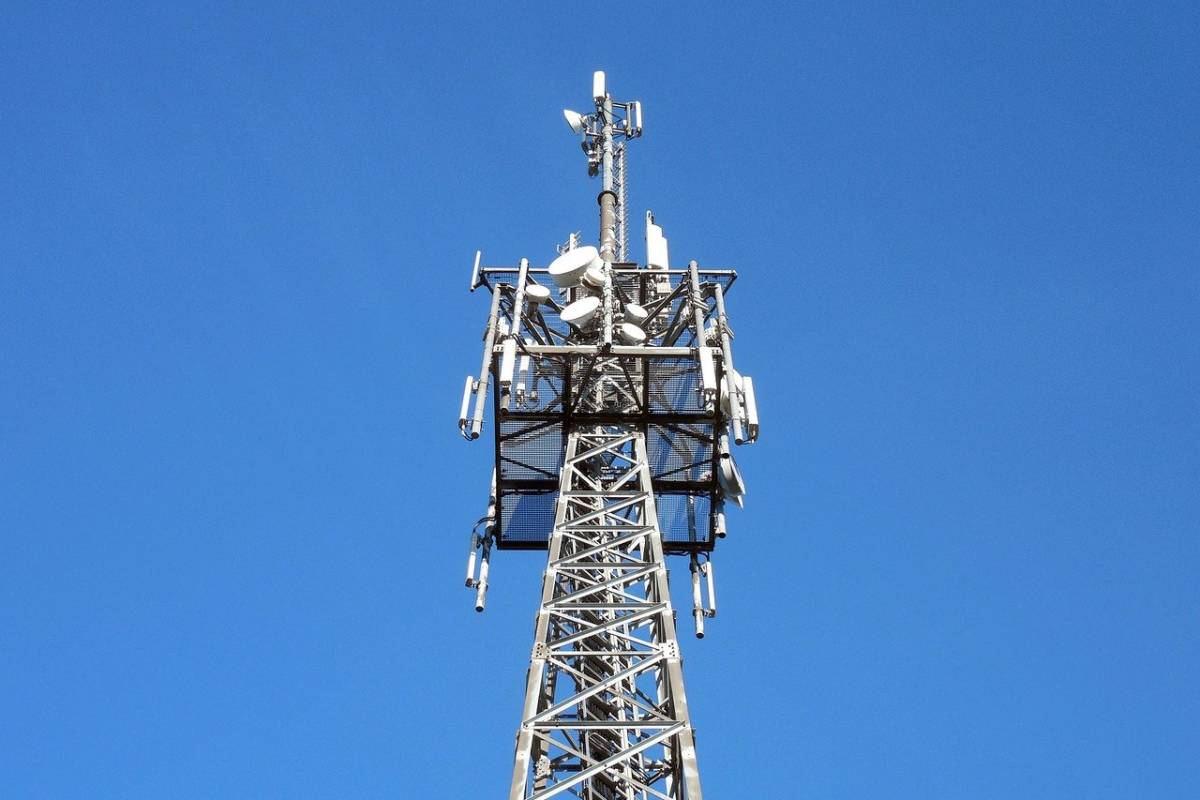A source aware of the matter told ET Telecom that a discussion paper on granting compulsory access to telecom service providers within the building premises to facilitate in-building solutions, including optic-fibre cable, is coming out shortly. The new consultation process may rate the buildings based on their readiness for appropriate digital connectivity and inside coverage, indicating the need for changes to the Real Estate Regulatory Authority (RERA) or the Real Estate Act, 2016, and the urban development framework. Due to the quality of service (QoS) concerns, the industry restricts access to private and public properties to deploy telecom equipment. The watchdog wants to put in place a system that allows multiple telecom service providers to enter the market without discrimination, giving residents fair and reasonable access. The Department of Telecommunications (DoT) issued Right-of-Way (RoW) rules in November 2016 that required a national standard policy, a one-time administrative charge, and approval within 60 days. The Centre also changed the Indian Telegraph Right of Way rules in October 2021 to include provisions for a one-time cost and uniform procedure for deploying overhead optic-fibre cable, with a ceiling of Rs 1,000 per kilometre.
Inbuilding Solutions Will Improve Coverage
The proposed paper will seek building ratings based on duct availability and sufficient space for IBS and stakeholder input on whether such a framework is needed for older buildings voluntarily. The new consultation paper is likely to bring faster implementation of 5G services and brings improved coverage through IBS, according to Tilak Raj Dua, Director General of the Digital Infrastructure Providers Association. In addition, according to Dua, there is a clear need to establish in-building solutions (IBS) for wireless services to increase in-building coverage and get better quality, high data rate services. The Digital Infrastructure Providers Association has advocated liberal and uniform regulations to boost digital connectivity infrastructure. It represents telecom infrastructure companies like ATC India, Bharti Infratel, Tower Vision, and STL. According to industry estimates, over 70% of mobile traffic is generated indoors. Multiple laws and instructions issued by several state-level authorities for telecom infrastructure installation have resulted in delayed telecom infrastructure deployments, while the lack of single-window clearances has added to infrastructure providers’ current issues.
